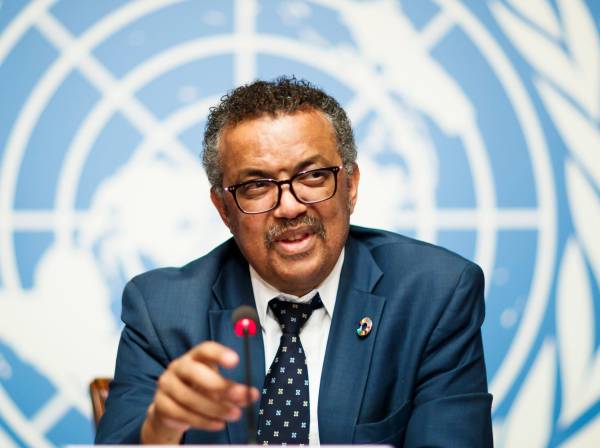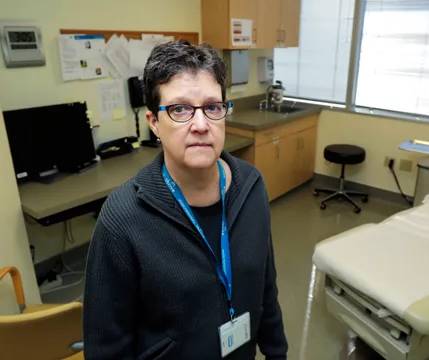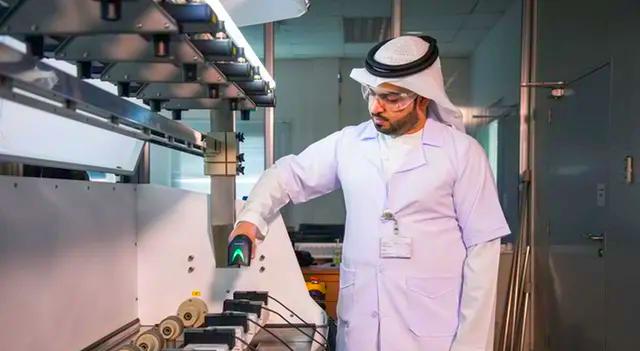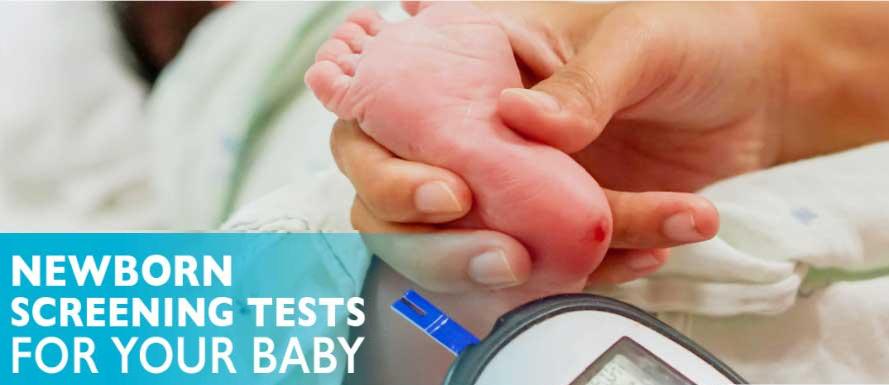Health care can pay other dividends – UAE Newspaper
 Health care is one of the economy’s bright spots, a recession-proof industry for which demand is forecast only to increase.
Health care is one of the economy’s bright spots, a recession-proof industry for which demand is forecast only to increase.
To that end, governments and companies across the globe, including in the UAE, are developing plans and spending billions to build hospitals and clinics to cater for the needs of a population increasingly afflicted by so-called lifestyle diseases.
Current investment in healthcare construction projects throughout the region is about US$14 billion (Dh51.42bn), according to Proleads, a company that compiles a database of all hospital construction in the Gulf. Abu Dhabi alone plans in the next 10 years to add 2,000 hospital beds to the existing 3,642.
But some experts are questioning whether these investments will pay off. One healthcare investor in Dubai suggests that projects in this region may not pay off, in large part because they are not sufficiently sharply focused.
“It doesn’t matter whether it’s the private sector or the government,” said Mark McGourty, a healthcare investment consultant in the Dubai office of TVM Capital, a global venture capital and private equity company based in Munich. “Kuwait, UAE, Dubai or Saudi [Arabia] – everyone is trying to do the same thing: have a cancer centre; a heart hospital. No one is working together to create the volume required.”
Abu Dhabi and Dubai are planning children’s hospitals, the Danat Al Emarat Women and Children’s Hospital and Al Jalila bint Mohammed bin Rashid Al Maktoum Hospital, respectively, each with about 200 beds. Contrast that with Children’s Hospital of Philadelphia, which serves a population of 10 million with 430 beds, Mr McGourty said.
A poorly developed market can lead to an abundance of facilities vying for patients with duplicated services. This suppresses prices and erodes profitability, Mr McGourty said.
He suggested an approach that was more targeted than simply adding hospital beds would deliver the services patients required and maximise investor return.
Given that more than half of the Middle East population is under the age of 25, with a relatively small elderly population, “one should question whether additional hospital beds are necessary or if one should invest in ambulatory centres such as clinics, surgery centres, birthing centres and so on”, Mr McGourty said.
The GCC healthcare sector was estimated to be valued at between $15bn and $18bn last year and was expected to grow five-fold by 2025. And Abu Dhabi, in particular, has aggressively pushed an expansion of its healthcare facilities, including the Cleveland Clinic Abu Dhabi.
Suhail Mahmood al Ansari, the associate director of Mubadala Healthcare, said the company was working closely with the Health Authority-Abu Dhabi (HAAD) to understand the healthcare needs of the local population.
“We base our investment decisions on this information from HAAD as well as on our own comprehensive market studies to ensure that our services are in line with market demand,” he said. “All of our healthcare investments take into consideration both financial and socio-economic return to ensure the long-term sustainability of a facility as well as the positive impact it will have on people in Abu Dhabi and the UAE.”
The Cleveland Clinic Abu Dhabi is being built on Sowwah Island as a 364-bed hospital with parking for 3,100 cars.
One target market for all of these new facilities are residents of the Gulf. Citizens of Gulf countries spend about $25bn a year for treatment abroad, according to the consultancy Grant Thornton’s 2009 Healthcare Guide. And Mr McGourty doubts that the habit of seeking medical care abroad can be changed – even with all the new hospitals.
But Ameera Youssef, the business director at Acorn Research Group in Dubai, said locals would be persuaded to stay at home for health care.
“First, you must improve the quality of health care, which HAAD and [Dubai Health Authority] are eagerly doing,” she said. “If the facilities can just keep these people, there will be the demand” to fill the hospitals that are coming into service.
Mr al Ansari said developing world-class institutions such as the Cleveland Clinic Abu Dhabi was in line with government policy to reduce the trend of locals seeking treatment abroad. “It is inconvenient for patients to have to travel abroad for care and inefficient for the economy,” he added.
But another challenge to fully utilising all of the planned infrastructure, and thereby ensuring its financial success, is the lack of qualified local workers to fill medical positions. The Gulf relies on a steady supply of expatriate labour to fill most jobs.
“Where is the labour coming from, the people to do the work, in an environment in which there’s a worldwide shortage?” Mr McGourty said.
The World Health Organisation estimates a global shortfall of 4.3 million healthcare personnel











Post Comment
You must be logged in to post a comment.